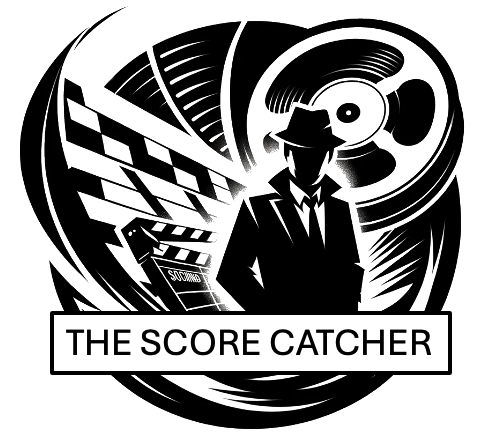Friday, C4, 12:35am
A Quiet Place (2018), directed by John Krasinski, is a masterclass in using silence to generate suspense, crafting a world where the absence of sound is more terrifying than any explosive action sequence. Set in a post-apocalyptic landscape terrorized by sightless aliens that hunt purely by sound, the film has one of the most intriguing premises to come out of the genre in recent years. The Abbott family—played by Krasinski, Emily Blunt, and young actors Millicent Simmonds and Noah Jupe—must navigate this deadly environment in complete silence, relying on sign language and subtle gestures to communicate. The stakes are immediately amplified by a visceral opening scene that sets the tone for the entire film: one loud noise, and death follows. Krasinski’s direction is tight and purposeful, creating unbearable tension through every creaking floorboard and barely suppressed gasp.

What truly elevates A Quiet Place is its meticulous use of sound—or lack thereof. The score, composed by Marco Beltrami, is sparsely used but intensely effective when it does appear. Beltrami, known for his work on films like Loganand The Hurt Locker, leans into minimalism, punctuating the silence with heart-pounding crescendos when the monsters are near. The silence is interrupted only by diegetic sounds, like the rustling of leaves or a desperate, stifled breath. Beltrami cleverly introduces these small motifs to signal impending danger, making the silence itself a form of sonic storytelling. In contrast, the use of sound in scenes from Regan Abbott’s (Millicent Simmonds) perspective, who is deaf, shifts the entire soundscape to reflect her experience—an artistic choice that makes the alien threat even more unnerving, as the audience is plunged into a near-silent world that mirrors her own.
Despite being a high-concept horror, A Quiet Place carries an emotional core often missing in creature features. The family’s struggle is as much about survival as it is about finding hope and connection in a world where communication is a potential death sentence. It’s a rare example of horror that has a heart, using its terrifying premise to explore themes of parenthood, sacrifice, and resilience. Krasinski’s film is a testament to the idea that what we don’t hear—and what we can’t say—can be far scarier than what we see, making A Quiet Place a modern classic that echoes long after the credits roll.
- Noel Chambers
